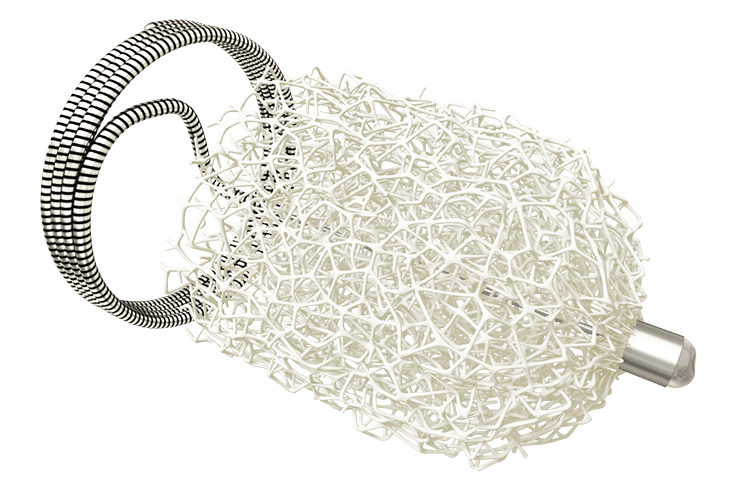September 16, 2020
AAA-SHAPE study update: Shape Memory Medical, has announced the initiation of AAA-SHAPE, the Company’s prospective safety study of the IMPEDE-FX Embolization Plug devices when used for abdominal aortic aneurysm (AAA) sac filling during elective endovascular aneurysm repair (EVAR). The study’s first procedure was performed by Andrew Holden, MBChB, an interventional radiologist, and Andrew Hill, MBChB, a vascular surgeon at Auckland City Hospital in Auckland, New Zealand.
Ted Ruppel, Chief Executive Officer of Shape Memory Medical Inc., said, “We would like to congratulate Dr. Holden, Mr. Hill and the clinical study team at Auckland City Hospital for completing the first procedure in the AAA-SHAPE study. The beginning of enrollment is a significant milestone for the Company as we continue to evaluate the potential of this novel application in aortic therapies.” The study will enroll up to 15 patients outside of the United States.
The IMPEDE-FX Embolization Plug is comprised of Shape Memory Polymer which is a porous, embolic scaffold. The biocompatible material is crimped for catheter delivery and self-expands to a “memorized” shape upon contact with blood for rapid conversion to organized thrombus. Pre-clinical studies in aneurysm models demonstrated advanced healing of the initial thrombus to mature collagenous connective tissue and aneurysm sac shrinkage, giving optimism to its potential application in clinical practice.
In the United States, the IMPEDE-FX Embolization Plug is currently indicated for use with the IMPEDE Embolization Plug to obstruct or reduce the rate of blood flow in the peripheral vasculature. In countries recognizing CE marking, the IMPEDE-FX Embolization Plug is indicated for use to obstruct or reduce the rate of blood flow in the peripheral vasculature.
“We are excited to be part of the AAA-SHAPE study,” said Dr. Andrew Holden, principal investigator for the study. “The concept of aneurysm sac management in combination with traditional EVAR could address an important unmet need in AAA patients, and we look forward to seeing our follow-up imaging results.”
Independent of the AAA-SHAPE study, over 15 cases using IMPEDE-FX for endoleak prevention and AAA sac filling concomitant with EVAR have been reported by Dr. med Alexander Massmann, MD, PhD at Saarland University Medical Center in Homburg/Saar, Germany and Dr. med Arne Schwindt, MD at St. Franziskus Hospital in Münster, Germany. “We are encouraged by our early results, and we believe that clinical studies will be valuable to validate our experience,” said Dr. Massmann. “AAA sac expansion following EVAR is a common complication associated with secondary intervention, rupture, and mortality, and we look forward to exploring the longer-term role of Shape Memory Polymer in the management of AAA patients,” added Dr. Schwindt.

